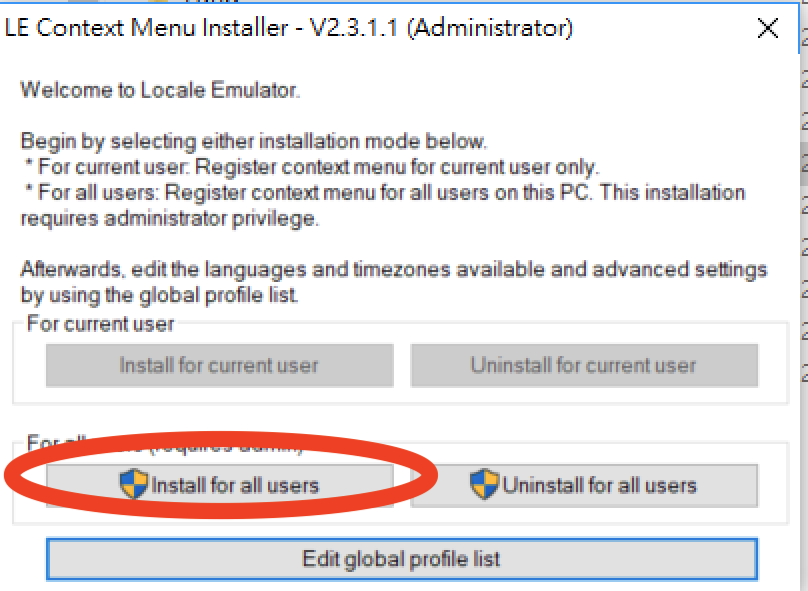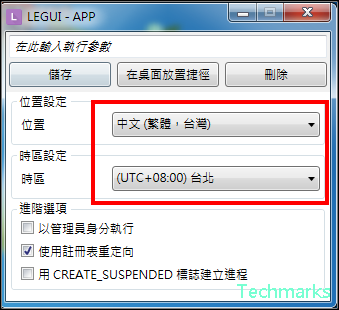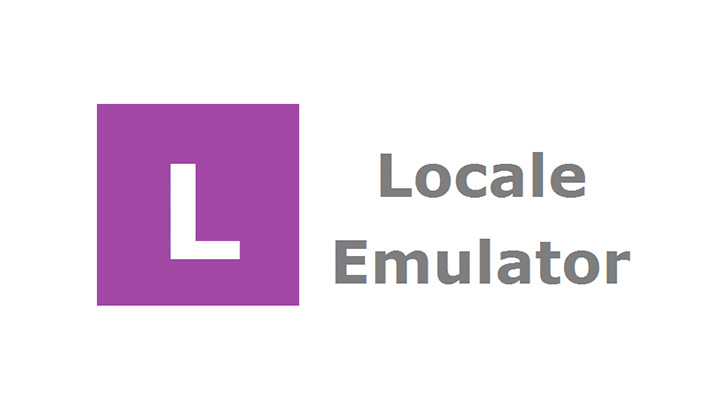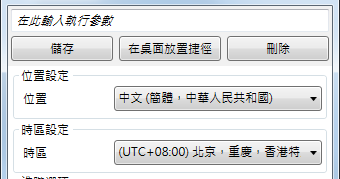
Your added language will now appear on the Localization tab along with your default language. This is what your screen should look like:įinally, select Done on the bottom right. In cases where you two or more languages, the first selected language becomes the active authoring language. When checked, your selected language will be the active authoring language. Hover your mouse over the selection and you'll see the locale. In this example we use Spanish (Spain, International Sort). The second setting is the preferred bot authoring languages. You can leave this as English (United States).

The first setting is the language to copy resources from.

Select Manage bot language to choose your bot's languages.Ī pop-up window will appear with the following settings that need to be updated: Select the Configure page from the left and then select the Localization tab.
Locale emulator update#
You need to update the Localization settings on the Configure page to use multiple languages. The Send a response action added to the trigger node is defined as the following response: - Here is a joke for you: Parallel lines have so much in common. This bot named MultilangBot consists of a main dialog called MultilangBot, a prebuilt Greeting trigger, and an Intent recognized (LUIS) trigger named Joke with the following trigger phrases: - Hey bot, tell me a joke. For more information see the article about adding LUIS to your bot.Īfter adding LUIS details you can test your bot in Web Chat, as shown below: If you don't select Set up Language Understanding and select the option that works best for you. If you know your Language Understanding authoring key and Language Understanding region fill in the values now. You will be taken to the Azure Language Understanding tab on the Configure page.

Then select the Fix in bot settings link. Select the error icon in the top right on the left next to the MultilangBot bot project. If you have already done this, you can skip to the next section. It's a shame they'll never meet.įinally you need to add LUIS related values to get your bot running. Then select Send a response.Īdd the following joke response variation: Here is a joke for you: Parallel lines have so much in common. Select the Add button under the Joke (intent recognized) trigger in the authoring canvas. Now that your bot can recognize Joke intent, it should send a joke response to the user. Name your trigger Joke, and add the following to Trigger phrases: - Hey bot, tell me a joke. Select the More options button next to the MultilangBot dialog and then select Add new trigger. Now you need to add an Intent recognized (LUIS) trigger.
Locale emulator how to#
In this example you will see how to create a simple multilingual joke bot. We suggest using the Core Bot with Language template when creating multilingual bots. For examples, if you add Chinese ( zh-cn), your bot's file structure will look like the following: /coolbot

When adding languages, Composer creates copies of the language files.
Locale emulator code#
If you build a bot with just a single dialog, you can access your bot's source code (for example, in the directory: C:\Users\UserName\Documents\Composer\CoolBot) and see the following file structure: /coolbot
Locale emulator manual#
PrerequisitesĬomposer creates copies of your source language files so that you can add manual translation. If your bot has LUIS or QnA integrations, you'll also need to consider additional constraints of LUIS supported languages and QnA supported languages.


 0 kommentar(er)
0 kommentar(er)
